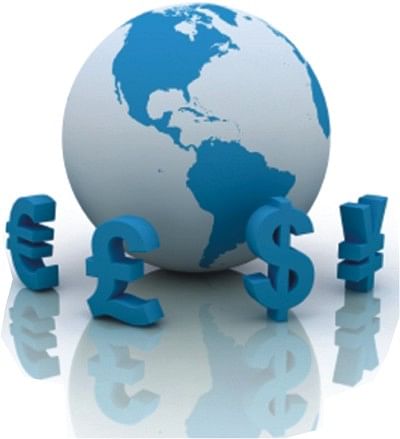Futility of currency war

There are growing concerns that the world is about to embark upon a global “currency war”, as countries try to simultaneously devalue their way to export-led recovery.
Investors, politicians and the media variously claim foreign exchange intervention, capital controls and even domestic-led monetary policy decisions like quantitative policy are offensive weapons on some kind of foreign exchange battleground.
There are demands that the G20 coordinate some kind of global response (A futile hope. The days of the Plaza and Louvre Accords on foreign exchange are long behind us. The best that can be said of the G20 is that it provides a weekend holiday for hardworking finance ministers. Otherwise it is a largely useless concept).
A global currency war will fail: the world cannot have simultaneous devaluations, nor simultaneous export-led recoveries. Indeed, this sort of combative policy approach risks the sort of dire global trade responses that the world experienced in the 1930s.
Before such apocalyptic fears take hold, however, we should take a reality check on what we have now. Since the start of 2007 (i.e. before the onset of the financial crisis), major currency pairs have not moved much.
The dollar values of the euro, sterling and Canadian dollar and most Asian currencies are within 20 percent of their January 2007 level. The Swiss franc has moved less than 20 percent against the euro. Only the Australian dollar (24 percent) and the yen (31 percent) have made larger moves. To date, the “war” has all the ferocity and horror of a global pillow fight.
We may not have a currency war now but it is possible that politicians will move to a combative position.
Theory suggests that devaluing a currency cheapens the (foreign) price of exports and raises the (domestic) price of imports (creating a stronger net export position). Sadly, this pricing theory is too simplistic. Currency depreciation will not turn a domestic demand economy into an export-led economy.
The first problem with currency wars is that the global trading environment is a lot more complex than in the 1930s or the 1970s. With trade accounting for around a fifth of the world economy and with lengthy global supply chains sourcing components from all over the world, the benefits of a currency shift are less obvious.
A large proportion (around a third) of what we record as global trade today is actually just the moving of goods around inside the same company. Currency shifts become a matter for internal accounting by multinational conglomerates. Currency depreciation may raise component costs for domestic manufacturers, rather than shifting demand patterns away from imports.
The second problem with currency wars is that importers and exporter (the frontline troops) disobey orders. Exporters are supposed to cut their foreign prices if their home currency falls in value -- but they don't. Importers are supposed to raise their domestic prices if the currency shifts -- but they don't.
With the exception of the commodity space, importers and exporters price to market (and only shift their prices if local competitors do). Rather than risk losing customers and a market share that has built up over years, importers will take a reduction in their profit margins if currencies move against them.
Similarly exporters will welcome the boost to their profit margins, but they will not normally seek to increase the volume of exports that they sell on the back of a currency shift. Because no one changes their pricing policy (in local currencies), consumers on the home front have no incentive to shift their consumption patterns when a currency depreciates.
As a result, in the normal course of events currency shifts do not lead to a significant rebalancing of global trade patterns. Profit margins may fluctuate, but the volume of imports and exports do not. War, in short, is futile.
There is a caveat to this foreign exchange pacifist argument. The limited impact of currency depreciation assumes companies have time to adjust to the currency shifts. European exporters coped with a near doubling of the euro's value against the dollar earlier this century because the move was spread out over several years.
A really substantial (30 percent plus) FX move in a short space of time (within a single year) will force importers and exporters to change prices. This in turn will lead to a change in demand patterns. However, the dislocation and political response to so great a degree of currency depreciation is likely to produce the economic equivalent of a nuclear winter. That is the war the world needs to fear.

 For all latest news, follow The Daily Star's Google News channel.
For all latest news, follow The Daily Star's Google News channel. 



Comments